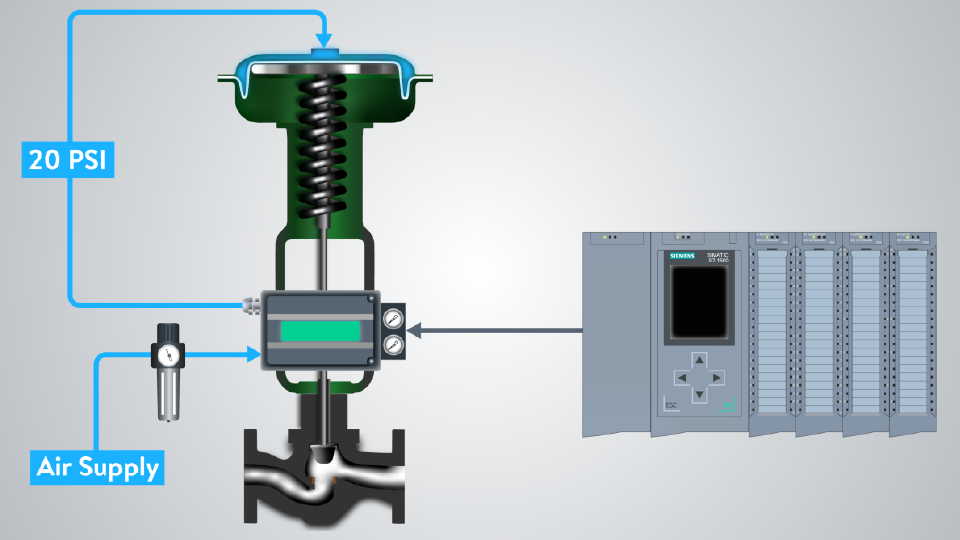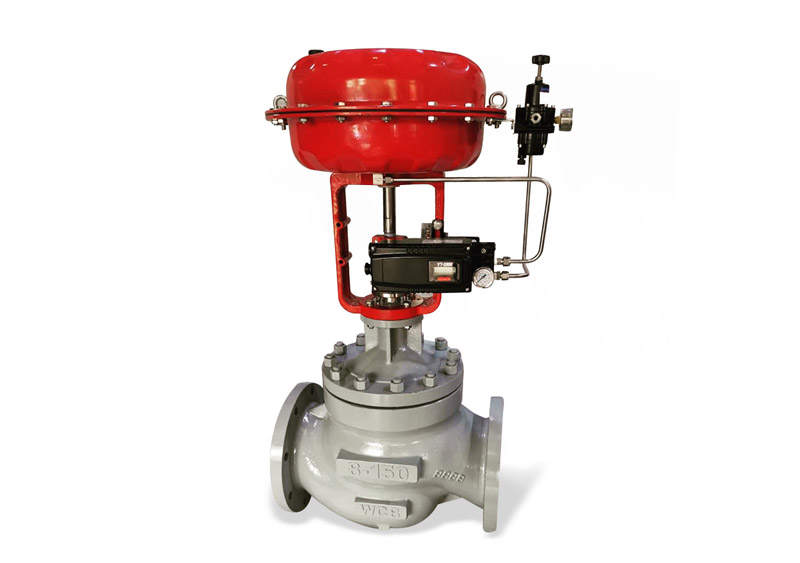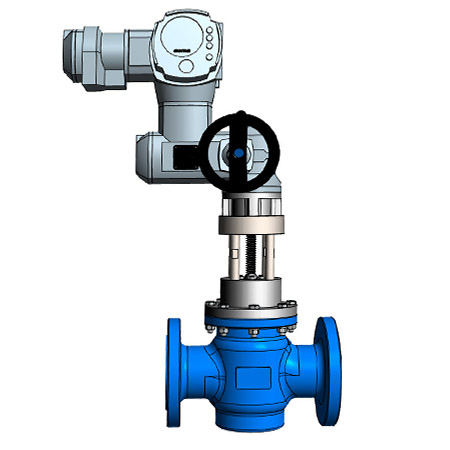Understanding the Significance of Control Valves in Process Automation
Understanding the Significance of Control Valves in Process Automation
Blog Article

Maximize Energy Financial Savings and Convenience With Advanced Structure Automation Controls
In the realm of modern-day architecture and center management, the combination of innovative building automation controls stands as a critical advancement. The convergence of modern technology and sustainability has birthed a brand-new age where energy effectiveness, comfort optimization, and operational streamlining are no more distant goals but possible facts. By utilizing the power of automation, buildings can adjust, react, and advance in methods that were once unimaginable. The potential for considerable power savings and enhanced comfort is not just a possibility however a guarantee waiting to be fulfilled. This paradigm shift in structure monitoring holds the key to unlocking a world where ecological conscientiousness and owner health sympathetically coexist within the walls of our structures.
Energy Performance Benefits
Power performance advantages can dramatically lower power intake and functional prices in structures. Energy-efficient systems, such as innovative structure automation controls, can optimize the use of sources like lighting, air conditioning, and home heating, leading to lower power costs over time.
Furthermore, enhanced power efficiency can lengthen the life-span of building devices and systems. By running more efficiently, heating and cooling systems, lighting fixtures, and various other structure elements experience less damage, leading to minimized upkeep and replacement prices. In addition, energy-efficient structures typically command higher property worths and rental rates, supplying long-term monetary advantages to owners.
In addition, energy performance can enhance passenger convenience and efficiency. Effectively controlled interior environments with optimum illumination and thermal problems produce an even more pleasant and favorable office, leading to enhanced staff member fulfillment and efficiency. In general, the energy performance advantages associated with sophisticated structure automation controls are complex, encompassing expense financial savings, environmental stewardship, and resident health.
Improved Convenience Control
Enhancing convenience control in structure atmospheres needs an innovative assimilation of sophisticated automation systems for ideal owner health. By utilizing innovative building automation controls, centers can tailor the indoor setting to meet the particular needs and preferences of owners. control valves.
By integrating these sophisticated controls, structures can not just improve convenience but also enhance energy efficiency by optimizing system procedures based on actual occupancy and usage patterns. Eventually, prioritizing owner comfort with advanced automation systems leads to an extra enjoyable and healthier interior environment.
Operational Performance Improvements

Additionally, the application of real-time surveillance and analytics tools makes it get redirected here possible for structure operators to determine power inefficiencies and operational anomalies without delay. By continually monitoring power use patterns and system efficiency metrics, adjustments can be made in real-time to optimize energy consumption and make certain peak functional effectiveness. control valves. In addition, integrating need response techniques into building automation controls can additionally improve operational efficiency by dynamically adjusting energy usage based upon grid problems and pricing signals
Indoor Climate Optimization
Efficient interior environment optimization is a basic element of building automation controls, guaranteeing residents' convenience and wellness while maximizing energy savings. By making use of innovative sensors and controls, developing automation systems can constantly keep track of and change temperature, humidity degrees, air top quality, and ventilation to develop an optimum indoor atmosphere. Preserving comfy and constant problems not only improves owner fulfillment however also enhances productivity and total wellness.
Interior environment optimization also plays a crucial role in power effectiveness. By fine-tuning heating, air conditioning, and ventilation systems based upon real-time information and tenancy patterns, constructing automation controls can dramatically lower energy intake - control valves. As an example, implementing techniques such as demand-controlled ventilation and thermal zoning can help lessen power waste while guaranteeing that each area of the structure receives the needed conditioning.

Sustainable Environment Development
Structure automation regulates not just optimize interior climate conditions for energy effectiveness and resident comfort but additionally lay the foundation for creating a sustainable setting through strategic administration of systems and sources. By integrating sophisticated building automation modern technologies, such as sensors, actuators, and smart software application, centers can check and adjust energy use in real-time to lessen waste and reduce their carbon impact. These systems allow predictive maintenance, identifying potential problems prior to they rise and optimizing equipment performance to boost durability and effectiveness.
Additionally, sustainable setting production prolongs beyond energy administration to encompass water preservation, waste decrease, and indoor air high quality improvement. Structure automation controls can control water use, detect leakages, and guarantee appropriate waste disposal practices, adding to general sustainability initiatives. Furthermore, by keeping an eye on and managing ventilation and filtration systems, these technologies boost passenger health and productivity while decreasing power usage connected with heating and cooling procedures.
Verdict
Finally, advanced structure automation regulates deal substantial benefits in regards to go to this website power savings, comfort control, operational effectiveness, interior climate optimization, and creating a lasting setting. By carrying out these controls, structures can attain optimal efficiency while reducing power intake and boosting passenger comfort. It is obvious that using advanced automation innovation is essential in enhancing building efficiency and producing a more sustainable future.
Power effectiveness benefits can considerably minimize power usage and functional expenses in buildings. Overall, the energy performance advantages associated with advanced structure automation controls are diverse, including expense financial savings, ecological stewardship, and resident health.
Additionally, incorporating demand action techniques right into building automation controls can additionally boost functional performance by dynamically readjusting energy use based on grid conditions and prices signals.
Building automation manages not only maximize interior environment conditions for power efficiency and occupant comfort but likewise lay the structure for producing a lasting setting with tactical administration of systems and resources.In final thought, advanced building automation regulates deal significant benefits in terms of energy financial savings, convenience control, operational performance, indoor environment optimization, and creating a sustainable atmosphere.
Report this page